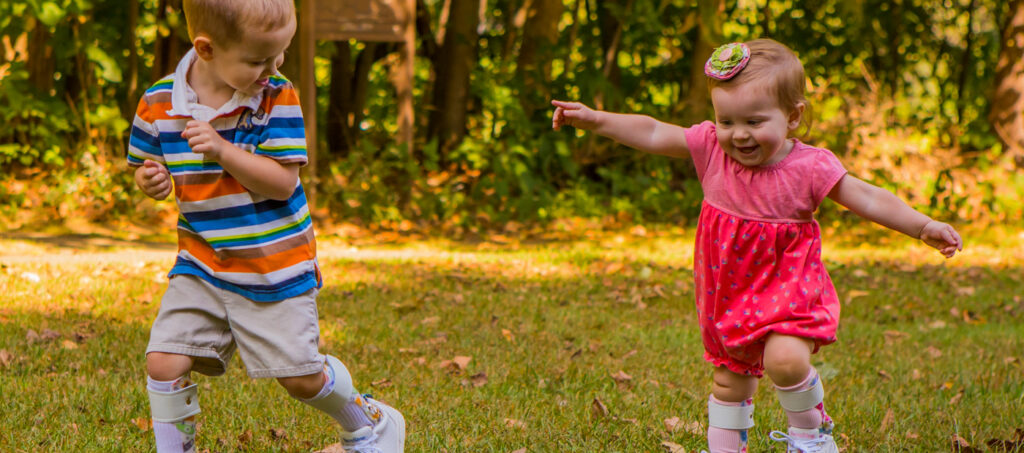
Tracking
progress, improving
outcomes
for children in
orthopedic therapy
Managing a child’s foot brace can be a daily challenge. Parents often feel overwhelmed trying to ensure proper fit and consistent wear while tracking progress. “Getting Ethan to wear his foot brace was a struggle,” recalls Jessica, mother of a 6-year-old with Cerebral Palsy. Activepal aimed to address these challenges, providing a supportive platform for therapist and families of children undergoing orthotic therapy.
Problem Statement
Through initial research, including informal interviews with caregivers therapist and online forums dedicated to pediatric orthotics, I identified several key challenges.
Caregivers of children using orthosis and physical therapy face significant challenges that hinder development:
Lack of Centralized Support: A single, accessible system is absent, complicating access to reliable information and tracking progress.
Difficulties in Progress Tracking: Manual tracking of orthosis wear time and exercises is cumbersome and error-prone, affecting motivation.
Need for Clear Guidance: Caregivers often find it challenging to properly implement therapy exercises, leading to inconsistent application and slower progress.
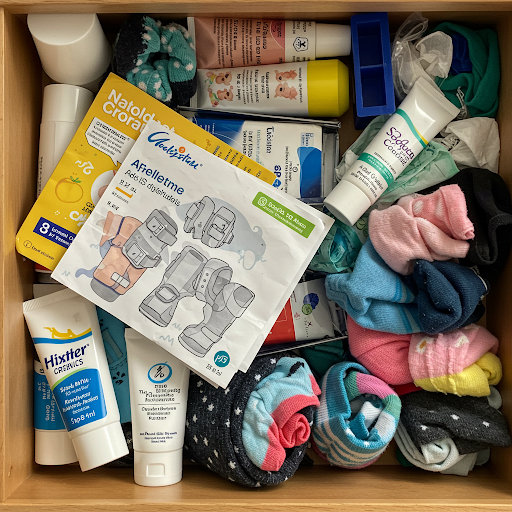
Product Vision: A Connected Approach to Care
Our vision for ActivePal is to empower families and therapists with a connected platform that helps caregivers track their child’s orthosis wear time, provides a structured therapy routine, and allows communication with therapists, caregivers will experience improved management and will be more likely to comply with therapy recommendations, leading to better outcomes for children with gait issues.
Understanding Our Users: David
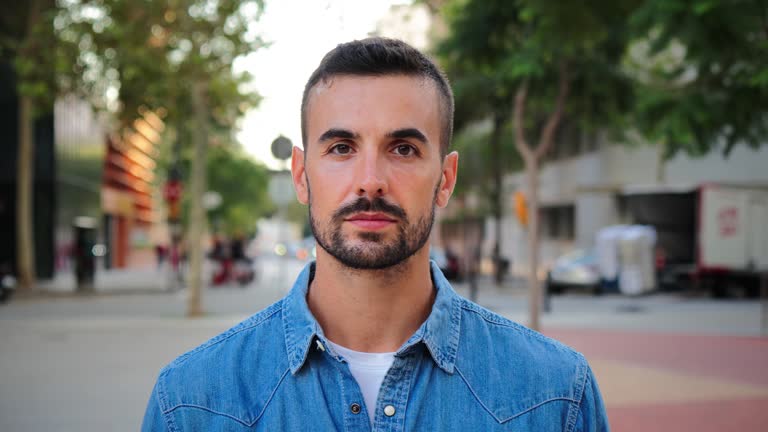
Name: David
Father of two, including Leo (son with Cerebral Palsy)
Occupation: Business Owner
Biography : David, a 35-year-old father of two, juggles work, family, and managing his son Leo’s treatment. He struggles with brace management, communication with the therapist, and the constant stress of it all. He needs simpler tracking, streamlined communication, and more time.
Pain Points.
Brace Management is Frustrating: Getting Leo to wear his brace consistently is a daily struggle.
Communication Gaps: Updates with the therapist, orthopedics, pediatrics, feel scattered, making it hard to track progress.
Exercise Compliance is Inconsistent: Ensuring Leo completes his two hours of daily physical therapy exercises is another challenge.
Goals
Simplified Tracking: A stress-free way to monitor Leo’s brace wear and daily exercises.
Streamlined Communication: An easier way to stay connected with Leo’s therapist, orthopedic and pediatrician.
Reduced Stress: Fewer daily struggles over the brace and exercises.
Key Tasks
- Communication with Therapists: Send updates or concerns to the physical therapist through the app.
- Track Orthosis Progress: Caregivers can log the amount of time their child wears the orthosis and exercise each day.
- Therapy Routine Guidance: Access and follow animated exercises and stretches designed to improve flexibility and balance.
- Progress Tracking: View the child’s progress in therapy, such as improved mobility or increased wear time.
Research: Listening to Our Users
User Interviews: We conducted in-depth interviews with 5 caregivers and 2 pediatric therapists. One key insight was the frustration caregivers felt with manually tracking wear time. As one parent explained, “It’s a constant struggle. I’m always forgetting to log it, and then I have no idea if my child is meeting their daily goal.” This insight directly informed our decision to prioritize a simple and intuitive wear time logging feature.
Surveys: A survey distributed to 10 caregivers revealed that 85% were interested in using a mobile app to manage their child’s therapy. The most desired features were wear time tracking, exercise instructions, and communication with therapists.
Competitive Analysis: Identifying Opportunities
| Feature | ActivePal | MyTherapy | PT Pal | TheraBand |
| Orthosis Tracking | ✅ | ❌ | ⚠️ | ❌ |
| Exercise Videos | ✅ | ❌ | ⚠️ | ✅ (General) |
| Therapist Communication | ✅ | ❌ | ❌ | ❌ |
| Child-Specific Content | ✅ | ❌ | ❌ | ❌ |
MyTherapy focuses on medication reminders, a different user need. While PT Pal offers some exercise tracking, it lacks orthosis wear time tracking, a critical need for our target users. TheraBand provides general exercise videos but doesn’t cater specifically to children’s therapy or integrate with orthosis management. This analysis highlighted the opportunity for ActivePal to provide a comprehensive solution.
Design Process: Iterating for Impact
- Wire-framing: I began by sketching low-fidelity wireframes to explore potential layouts and user flows. For the wear time logging screen, experimented with a dial-based input, a slider, and a simple time picker. User testing revealed that the time picker was the most intuitive and efficient for caregivers to use.
- Prototyping: Developed mid-fidelity prototypes in Figma to test key navigation and interactivity.
- Usability Testing: I conducted usability testing with caregivers. One key finding was that the initial design of the exercise routine screen was too cluttered. Participants suggested simplifying the layout and providing larger visuals of the exercises.
- Heuristic Evaluation: Conducted a heuristic evaluation to assess the app’s usability and ensure compliance with best design practices.
Design Solution
Based on the research and persona development, ActivePal as a user-friendly and comprehensive platform designed for managing all aspects of a child’s orthosis and therapy journey. Key features include:
- A User-Friendly Dashboard: A simple, clear view of the child’s daily therapy, wear time, and progress.
- Exercise Routines: Animated exercises that caregivers can follow and perform with their child.
- Progress Tracking: Visual graphs to show wear time and progress in flexibility or mobility.
- Communication Features: A way for caregivers to send daily updates or ask questions directly to therapists within the app.
User Testing and Feedback
To test the viability of these conceptual features, I designed a user testing plan to how I would gather and analyze user feedback.
- High Simulated Task Completion : 87% of participants successfully completed all tasks, with positive feedback regarding the app’s clean design.
- Key Findings:
- Profile Setup: Feedback indicated a need for clearer onboarding instructions, emphasizing the importance of a smooth initial user experience. highlighting the importance of a smooth initial user experience.
- Exercise Routine: Users suggested a more prominent timer for exercise routines, indicating a need for improved visual cues.
- Progress Tracker: Users were generally satisfied with progress tracking, but additional clarification on what each data point meant was requested.
- Orthosis Logging: High task completion rates for orthosis logging indicates the potential for an efficient and user-friendly design.
Final Prototype
Based on feedback, refinements were made:
- Progress Tracker Enhancements: Added tooltips for clearer data interpretation.
- Improved Exercise Timer: Made the timer button more prominent and visually engaging.
- Simplified Profile Setup: Added a drop-down list to help caregivers input therapy needs more easily.
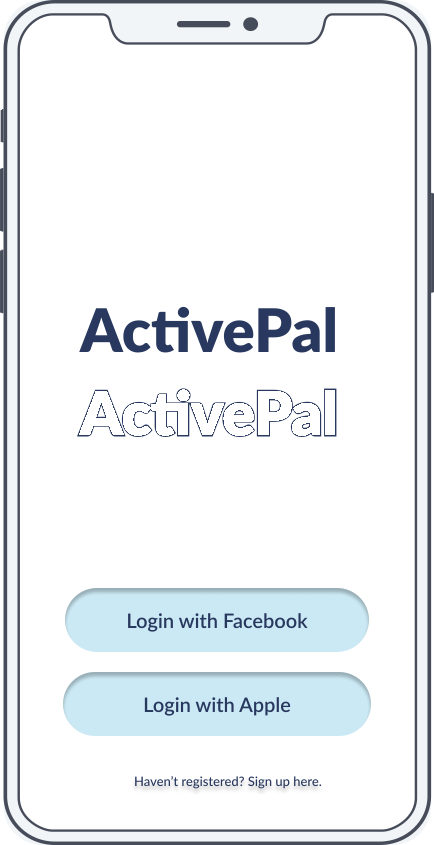


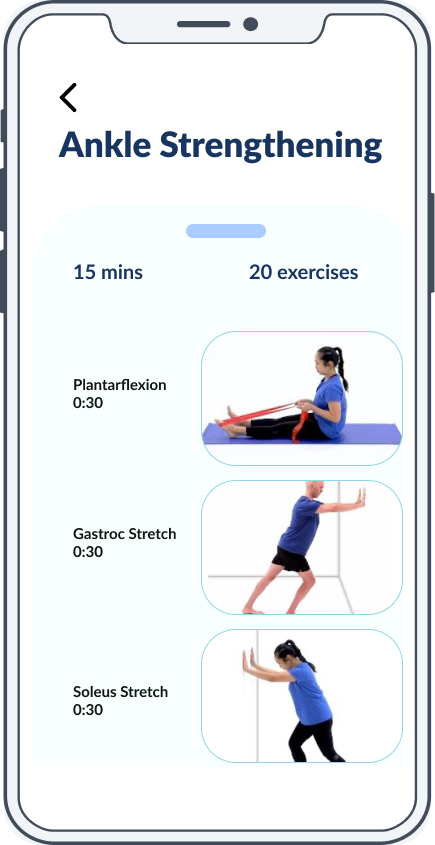

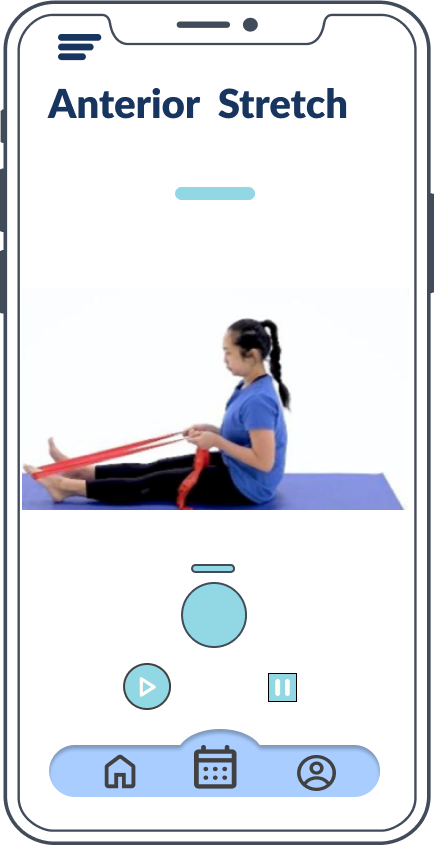
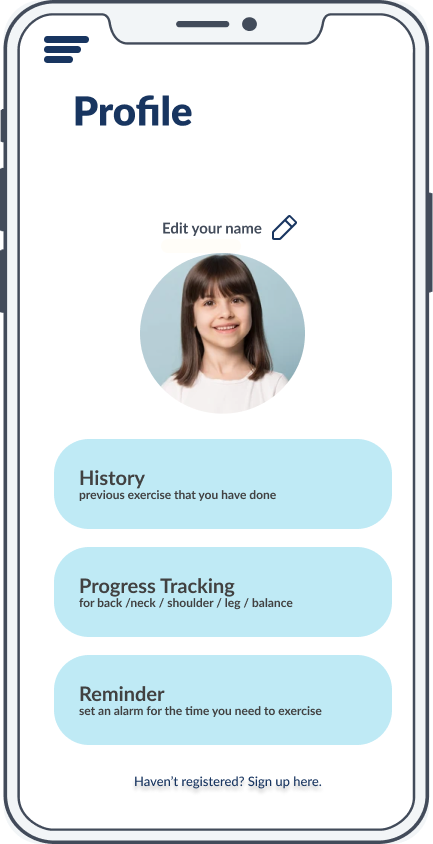
Recommendations for Future Work
I would prioritize the following enhancements to further improve its value and impact:
- Expand Customization: Allow caregivers to adjust reminders and exercise routines based on specific needs.
- Enhanced Onboarding: Add a tutorial for new users to guide them through the setup and use of the app.
- More Therapist Features: Add the ability for therapists to create customized plans or schedules for each child.
Conclusion
The Activepal App demonstrates the potential to address the critical needs of caregivers and therapists managing pediatric orthotic therapy. ActivePal could become an invaluable tool for improving the outcomes of children using orthosis.